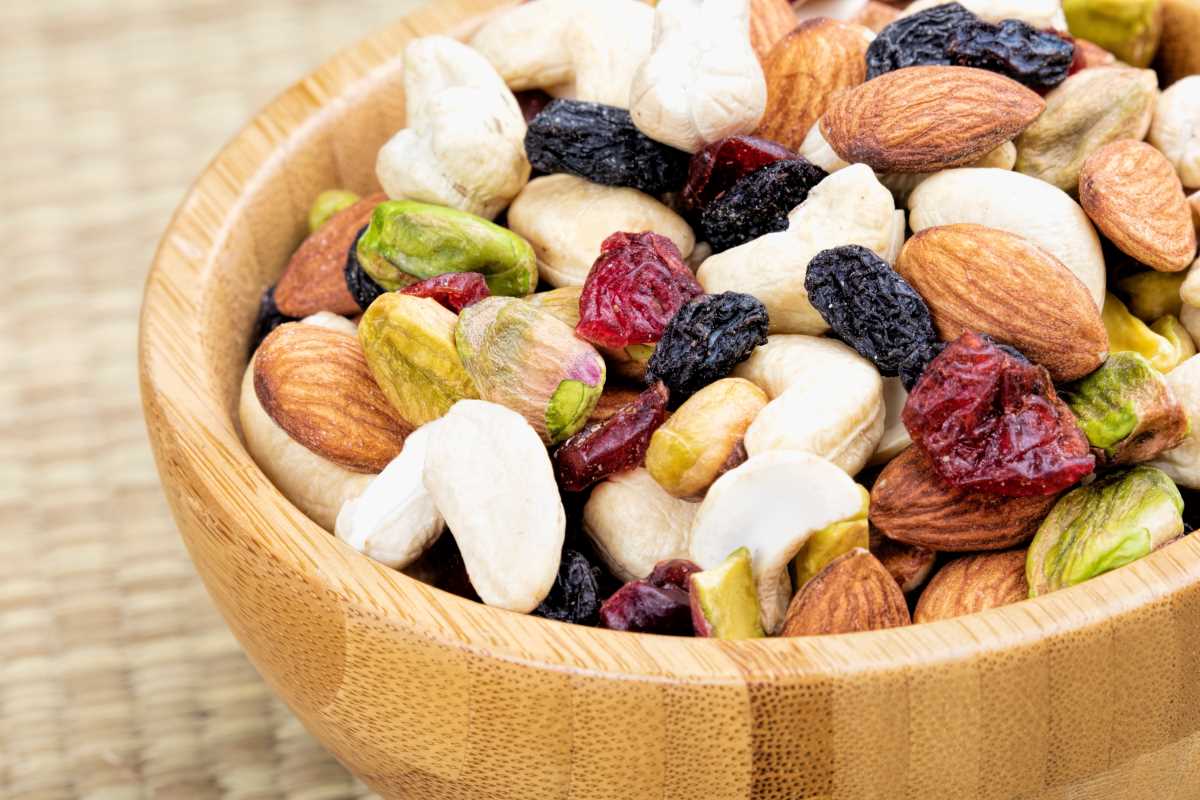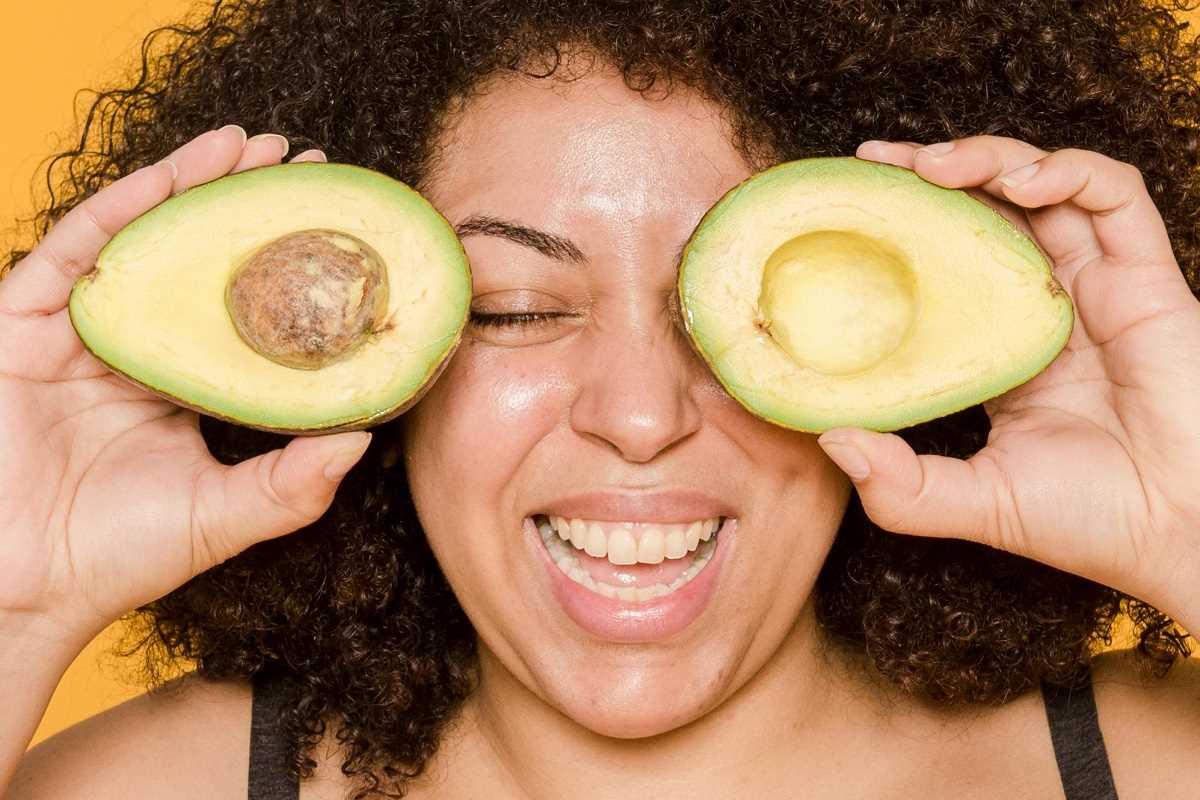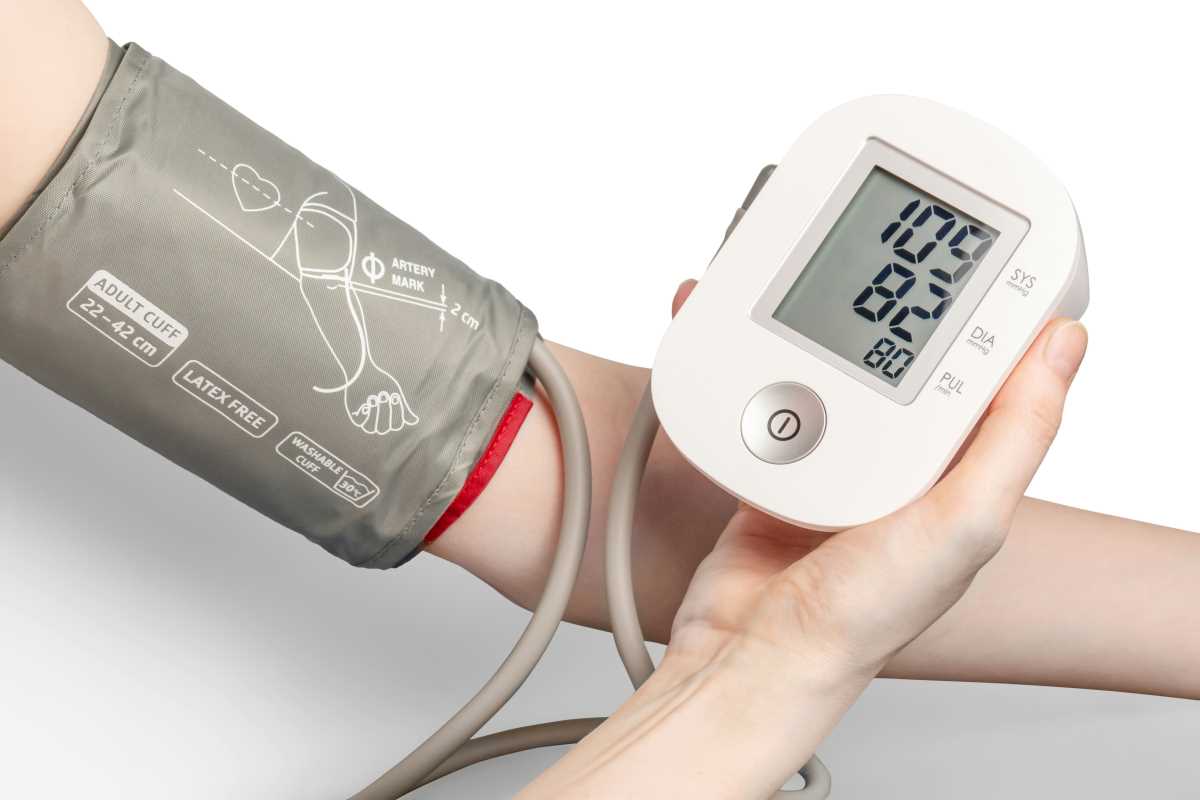Getting older is inevitable, but looking and feeling old doesn’t have to be. While we can’t stop time, we can definitely slow down how it shows up on our bodies. The secret weapon? Your fork. You are what you eat!
What you eat plays a huge role in how you age. Think of your body like a car—feed it premium fuel, and it runs smoother for longer. Fill it with junk, and you’ll start hearing those creaks and groans sooner than you’d like. The food choices you make every day add up and can help keep you looking and feeling younger well into your later years.
The Science Made Simple
Let’s talk about something called “free radicals.” These are basically pesky little troublemakers that damage your cells and speed up aging. Imagine rust forming on metal; that’s what free radicals do inside your body—they make things break down faster.
How do you fight them? Enter antioxidants. These are like a cleanup crew for your insides, working around the clock to tackle those free radicals and reduce the damage they cause. Science shows that a diet high in antioxidants can help slow down the signs of aging, from wrinkles to achy joints.
Foods That Fight Father Time
The good news is that the supermarket is full of foods that act like a personal bodyguard against aging. Here’s how to fill your shopping cart for a longer, healthier life.
Load Up on Colorful Fruits and Vegetables
If there’s one simple trick to slow down aging, it’s eating more fruits and vegetables—especially the colorful ones. The brighter and deeper the color, the more antioxidants the food usually contains.
- Berries: Blueberries, strawberries, and blackberries are antioxidant powerhouses. Just a handful tossed into your morning cereal or yogurt can make a difference.
- Dark leafy greens: Spinach, kale, and broccoli are loaded with vitamins and minerals. Toss a handful into your omelet, blend some into a smoothie, or swap out your usual side for a salad.
- Orange and red foods: Sweet potatoes, carrots, tomatoes, and red bell peppers aren’t just tasty—they offer nutrients that support eye health, heart health, and smoother skin.
Try aiming for a rainbow on your plate at every meal. Not only does it look more appetizing, but you’ll also make sure you’re getting a mix of the nutrients your body needs to repair and protect itself.
Pro Tip:
If you don’t like eating veggies plain, try roasting them with olive oil and spices, blending them into soups, or hiding them in your favorite pasta sauce. Sometimes it’s just about finding the right way to cook them that works for your tastes.
Choose Your Protein Wisely
Protein keeps your muscles strong—a must as you get older—but it also matters where you get your protein. Not all protein is created equal.
- Fish: Salmon, mackerel, and sardines are packed with omega-3 fatty acids, which help fight inflammation and can protect your heart and brain. Aim to eat fish at least twice a week, and try grilling, baking, or even using canned fish for easy meals.
- Lean meats: Chicken, turkey, and lean cuts of beef are solid options for muscle maintenance without added saturated fat. Try to limit processed meats like bacon and sausage, which can contribute to inflammation.
- Plant proteins: Beans, lentils, tofu, chickpeas, and nuts aren’t just for vegetarians—they’re a great source of fiber and help lower cholesterol. Add them to soups, salads, and stir-fries for an easy protein boost.
Simple Switch:
If you usually eat a burger for lunch, try swapping it out a couple times a week for a grilled chicken sandwich or a bean burrito. Small changes can help balance your diet and support your body as it ages.
Don’t Fear Healthy Fats
Fat used to get a bad rap, but the truth is, healthy fats are actually essential—especially as you age. The right fats protect your heart, lubricate your joints, and help your skin stay smooth.
- Avocados: Add them to sandwiches, salads, or blend into smoothies for creaminess and heart health.
- Nuts and seeds: Almonds, walnuts, chia seeds, and flaxseeds offer healthy fats, protein, and fiber. Grab a handful as a snack or sprinkle them on oatmeal.
- Olive oil: Swap it in for butter or margarine when cooking, or drizzle some on your salads.
Stay away from trans fats (found in many packaged snacks and margarine) as much as possible. Stick to natural fats from whole foods.
What to Cut Back On
While adding healthy foods is important, what you take out matters too. Some foods can speed up the aging process and drain your energy.
Processed Foods Are Age Accelerators
Packaged meals, microwave dinners, and most drive-thru options are loaded with preservatives, extra salt, and unhealthy fats. Eating too many of these can leave you feeling sluggish, impact your heart, and make it harder to keep your weight in check.
- Instead of chips, try: Unsalted nuts or air-popped popcorn.
- Instead of sugary cereals, go for: Oatmeal topped with berries and a sprinkle of cinnamon.
- Instead of white bread, opt for: Whole grain bread, which contains more nutrients and fiber.
Even just cutting back on fast food to once a week can make a difference.
Sugar: The Sweet Saboteur
It’s not just about your waistline—sugar can damage your skin’s collagen, making you look older. This process, called glycation, is like internal rusting.
- Cut down on soft drinks and energy drinks.
- Save desserts for special occasions rather than every night.
- Watch for hidden sugars in sauces, condiments, and “healthy” snacks.
Try drinking flavored water or herbal tea instead of soda, and satisfy your sweet tooth with fruit or a few pieces of dark chocolate.
Hydration: Your Fountain of Youth
It may sound simple, but drinking enough water really can help keep you looking (and feeling) younger. Water keeps skin plump, helps organs do their job, and flushes out toxins.
- Aim for 8 glasses a day—but more if it’s hot or you’re active.
- Coffee and tea do count, but water is still your best bet.
- Try to limit sugary drinks and alcohol, which can actually dehydrate you.
Keep a reusable water bottle handy—on your desk, in your car, or at home. You’ll be surprised how much more you drink just by having it around.
Easy Ways to Start Today
Big changes are tough, so start with these easy, realistic swaps:
- Add berries to your morning—on top of cereal, in yogurt, or by the handful
- Snack smarter—keep nuts or roasted chickpeas in your bag or car instead of buying chips
- Swap red meat for fish once a week—try salmon burgers or tuna salad
- Get your greens—toss some spinach or arugula into your sandwich or pasta sauce
- Cook with olive oil—try roasting veggies or making your own salad dressing
Lifestyle Habits That Go Hand-in-Hand
Diet is huge, but for best results, pair healthy eating with smart lifestyle choices:
- Stay active: Regular exercise keeps your muscles, bones, and heart strong.
- Sleep well: Good sleep helps your body repair and recharge.
- Manage stress: Chronic stress creates more free radicals—find ways to unwind, whether it’s through hobbies, meditation, or hanging out with friends.
There’s no magic bullet for looking and feeling younger. But small, consistent changes add up. Start with one or two adjustments that feel manageable. Once they’re part of your routine, add another. Before you know it, you’ll be eating in a way that helps you feel energized and look your best, now and in the years ahead.
It’s not about being perfect or giving up everything you like. Instead, it’s about tipping the balance toward more good choices than bad ones.
 (Image via
(Image via





